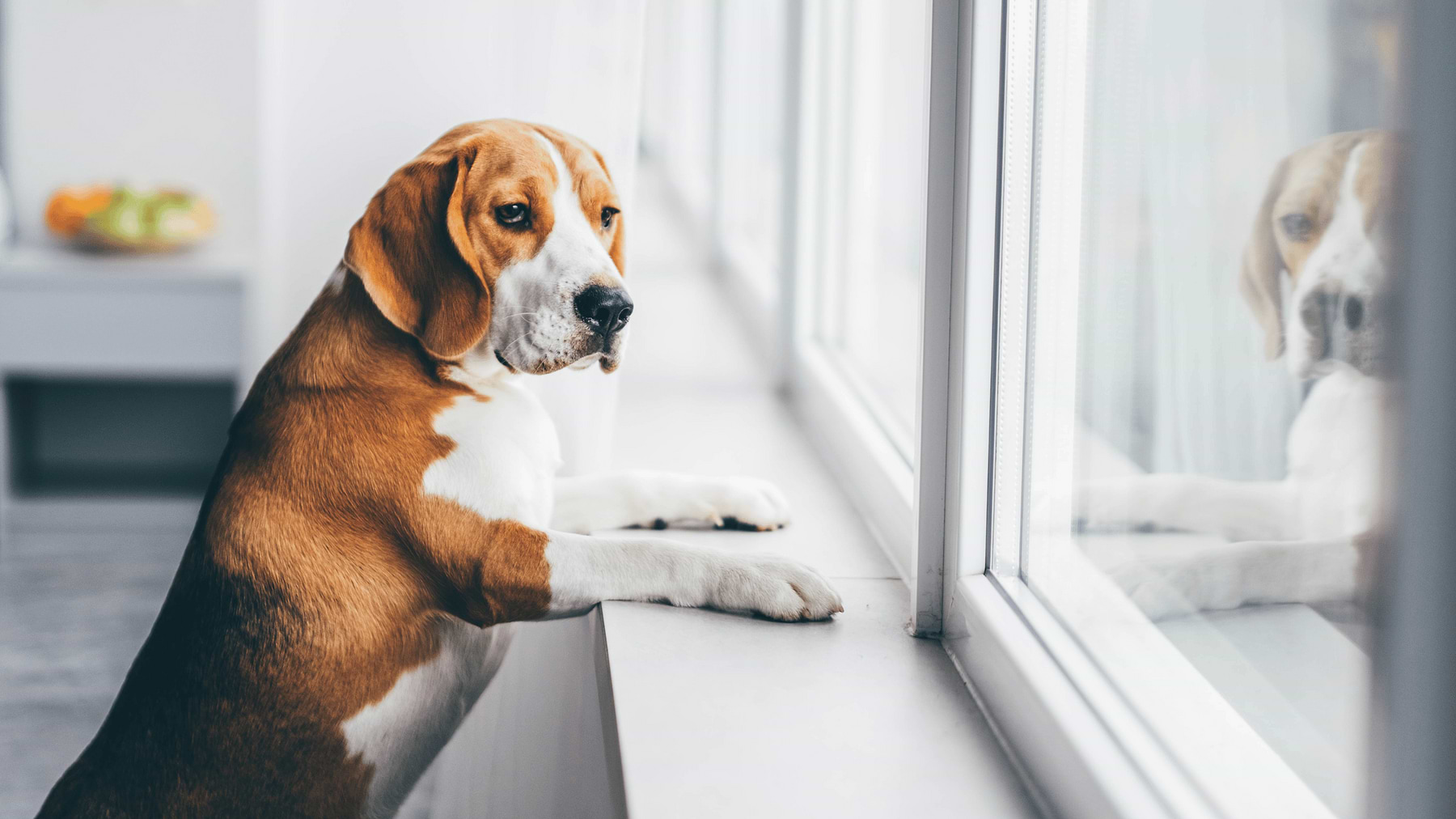
Before exploring solutions, it’s important to understand the root of the issue. Many pets are social creatures who thrive on interaction with their human family members. When left alone, some experience genuine distress, often referred to as separation anxiety. Others may not be anxious but simply lack sufficient stimulation. This difference is important because it determines VOice pets whether your pet needs calming strategies, more stimulation, or a combination of both.
While dogs tend to show more overt signs of boredom or anxiety, cats can also suffer in silence. A cat may retreat or develop repetitive behaviors when not mentally engaged. Regardless of species, your pet’s well-being depends heavily on an enriched environment and thoughtful preparation for the times you are away.
Creating a Stimulating Environment
One of the best ways to entertain pets when they are alone is by creating a space that encourages exploration and interaction. This might mean rearranging a room with a view to the outdoors or offering access to windows where your pet can observe birds, people, or cars. Natural light and a view of outdoor activity can serve as visual stimulation, particularly for indoor cats who crave mental engagement.
Adding vertical elements such as climbing shelves or cat trees can also keep cats mentally and physically engaged. Dogs, on the other hand, benefit from a clear area to move around and access to toys that stimulate their natural instincts, such as chewing or foraging.
Safe zones are also important. Pets feel more relaxed in spaces that are familiar and comforting. Providing a cozy bed, a favorite blanket, or an item that carries your scent can offer emotional reassurance and contribute to a sense of security while you are away.
Interactive Toys and Puzzles
Interactive toys are an effective method of keeping pets busy. For dogs, toys that dispense treats gradually or that require problem-solving to access a reward are both mentally engaging and rewarding. These toys cater to their natural hunting and foraging instincts. Food puzzles or chewable toys stuffed with peanut butter or kibble can keep a dog occupied for long periods, reducing boredom and promoting calm behavior.
Cats also enjoy toys that mimic prey. Battery-powered mice, feather wands, or balls that move erratically can entertain a cat by triggering their predatory instincts. Rotating the toys regularly can keep the novelty alive, ensuring that your pet doesn’t grow bored of the same options. Even simple cardboard boxes or crinkled paper can provide hours of entertainment for a curious cat if placed strategically.
Using Sound and Scent for Comfort
Pets are highly attuned to their environments through sound and scent. Leaving on calming music or pet-specific audio tracks while you are away can help soothe anxiety, especially for dogs prone to noise sensitivity. Some playlists are designed to mimic the presence of a human voice, offering comfort during long absences.
In addition to sound, scent can play a powerful role in your pet’s sense of comfort. Items with your familiar smell, such as worn clothing or pillowcases, can reassure your pet and reduce separation stress. For dogs and cats that are especially scent-driven, consider using diffusers with pet-safe calming pheromones. These create a soothing atmosphere and signal to your pet that they are in a safe space.
Establishing a Pre-Departure Routine
What happens before you leave the house can have a significant impact on your pet’s behavior after you’re gone. Creating a consistent pre-departure routine can help minimize anxiety and make your absence feel more predictable. This routine might include a walk, a short play session, or a period of quiet cuddling. These activities not only burn energy but also provide emotional reassurance.
Avoid making your departure overly dramatic. Pets can pick up on your stress or guilt, which may increase their own anxiety. A calm and confident exit helps reinforce the idea that being alone is a normal and manageable part of their day.
Considering Pet Companionship or Outside Help
In some cases, especially with social animals or those suffering from separation anxiety, additional companionship may be beneficial. This might involve getting a second pet for company, although such a decision should be made with care and consideration of both animals’ personalities and compatibility.
For those not ready for a second pet, hiring a dog walker, scheduling a midday check-in, or sending your dog to a day care facility a few times a week can offer much-needed stimulation and companionship. Some cats also benefit from pet sitters or automated systems that allow owners to interact via video and voice during the day. These solutions help break up long periods of isolation and give your pet something to look forward to.


